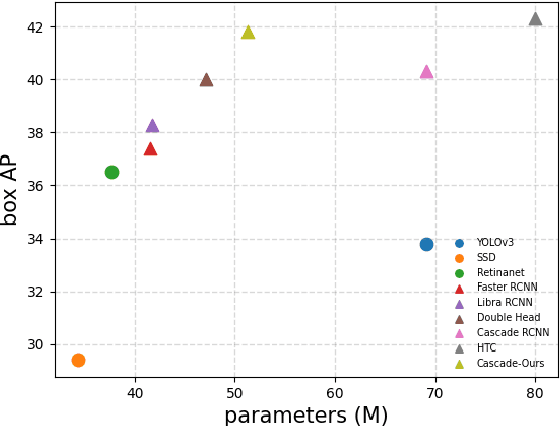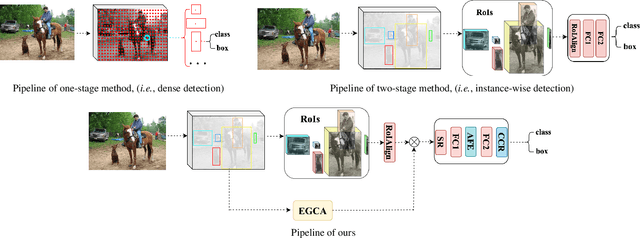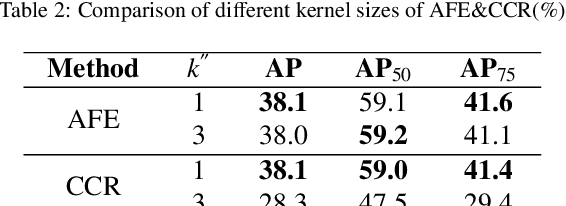Tengfei Zhao
Robust single-particle cryo-EM image denoising and restoration
Jan 02, 2024Abstract:Cryo-electron microscopy (cryo-EM) has achieved near-atomic level resolution of biomolecules by reconstructing 2D micrographs. However, the resolution and accuracy of the reconstructed particles are significantly reduced due to the extremely low signal-to-noise ratio (SNR) and complex noise structure of cryo-EM images. In this paper, we introduce a diffusion model with post-processing framework to effectively denoise and restore single particle cryo-EM images. Our method outperforms the state-of-the-art (SOTA) denoising methods by effectively removing structural noise that has not been addressed before. Additionally, more accurate and high-resolution three-dimensional reconstruction structures can be obtained from denoised cryo-EM images.
Generating Natural Language Adversarial Examples through An Improved Beam Search Algorithm
Oct 15, 2021



Abstract:The research of adversarial attacks in the text domain attracts many interests in the last few years, and many methods with a high attack success rate have been proposed. However, these attack methods are inefficient as they require lots of queries for the victim model when crafting text adversarial examples. In this paper, a novel attack model is proposed, its attack success rate surpasses the benchmark attack methods, but more importantly, its attack efficiency is much higher than the benchmark attack methods. The novel method is empirically evaluated by attacking WordCNN, LSTM, BiLSTM, and BERT on four benchmark datasets. For instance, it achieves a 100\% attack success rate higher than the state-of-the-art method when attacking BERT and BiLSTM on IMDB, but the number of queries for the victim models only is 1/4 and 1/6.5 of the state-of-the-art method, respectively. Also, further experiments show the novel method has a good transferability on the generated adversarial examples.
A More Compact Object Detector Head Network with Feature Enhancement and Relational Reasoning
Jul 03, 2021



Abstract:Modeling implicit feature interaction patterns is of significant importance to object detection tasks. However, in the two-stage detectors, due to the excessive use of hand-crafted components, it is very difficult to reason about the implicit relationship of the instance features. To tackle this problem, we analyze three different levels of feature interaction relationships, namely, the dependency relationship between the cropped local features and global features, the feature autocorrelation within the instance, and the cross-correlation relationship between the instances. To this end, we propose a more compact object detector head network (CODH), which can not only preserve global context information and condense the information density, but also allows instance-wise feature enhancement and relational reasoning in a larger matrix space. Without bells and whistles, our method can effectively improve the detection performance while significantly reducing the parameters of the model, e.g., with our method, the parameters of the head network is 0.6 times smaller than the state-of-the-art Cascade R-CNN, yet the performance boost is 1.3% on COCO test-dev. Without losing generality, we can also build a more lighter head network for other multi-stage detectors by assembling our method.
 Add to Chrome
Add to Chrome Add to Firefox
Add to Firefox Add to Edge
Add to Edge